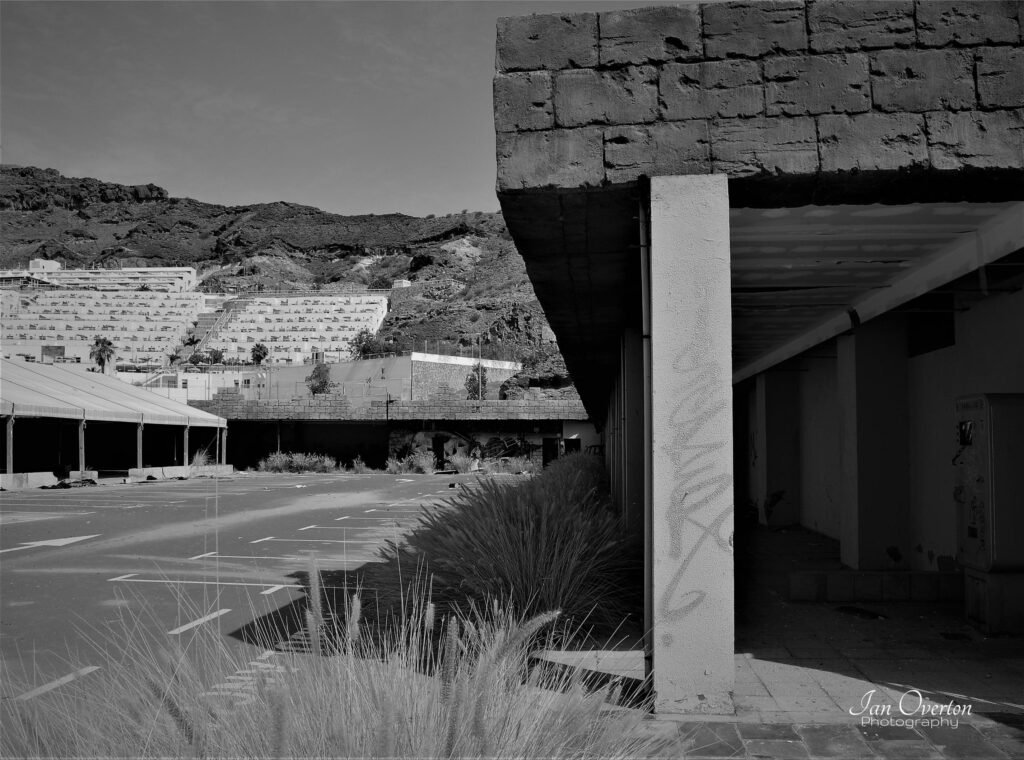Introduction
There’s something hauntingly beautiful about abandoned places—forgotten factories, derelict homes, and crumbling churches. These remnants of a bygone era whisper stories through peeling paint, broken windows, and overgrown paths. And nothing captures their essence quite like monochrome photography. Stripping away colour allows us to focus on mood, form, and decay, turning these ruins into quiet monuments of time.
1. Why Monochrome for Abandoned Spaces?
Abandoned places are full of textures and contrasts—cracked walls, rusted metal, and fractured glass. Monochrome enhances these elements by emphasizing light, shadow, and grain. Where colour may distract, black and white photography draws attention to the forgotten details that tell a deeper story.
Emotional Power: The lack of colour can enhance the sense of desolation, nostalgia, or eerie calm. It mirrors the emotional emptiness often found in these spaces, making the viewer feel the weight of absence.
2. Light, Shadow, and Atmosphere
In abandoned spaces, lighting is often unpredictable—beams of natural light filtering through broken ceilings or shuttered windows. These moments of illumination become focal points, offering stark contrasts that are perfect for monochrome.
Photographer’s Tip: Visit during golden hour or on overcast days. Morning light through dust-filled air or rain-dampened surfaces creates soft highlights and deep shadows, ideal for moody captures.
3. Compositional Elements to Look For
When photographing abandoned places in black and white, consider the following elements:
Leading Lines: Staircases, hallways, and broken floorboards draw the viewer deeper into the scene.
Decay & Texture: Flaking paint, rusted hinges, and moss-covered stone are rich in tactile detail that translates beautifully in grayscale.
Light Funnels: Use natural shafts of light to spotlight objects like forgotten furniture or decaying signage.
Negative Space: Embrace space to emphasize abandonment and isolation.
4. Telling Stories Through Decay
Monochrome allows you to tell visual stories not with colour, but with emotion. A weathered child’s toy in an abandoned schoolhouse. An open drawer in a dusty office. A chair facing a shattered window. These aren’t just objects—they’re echoes of lives once lived.
Narrative Tip: Think like a documentarian. Capture context: wide shots to show the setting, mid shots to focus on key scenes, and close-ups to highlight human traces left behind.
5. Post-Processing for Mood and Depth
Monochrome editing isn’t just about converting to black and white—it’s about sculpting light and mood. Here’s a simple workflow:
Convert to B&W: Start with a RAW image and use software like Lightroom or Silver Efex Pro.
Boost Contrast & Clarity: Enhance textures and bring out structural details.
Dodge & Burn: Lighten focal points, darken corners or shadows to add depth and direction.
Add Grain or Vignette: A subtle grain evokes a vintage, film-like quality; a vignette focuses attention.
Tone Curves: Use curves to fine-tune highlights and shadows for a dramatic or faded look.
6. Respect and Responsibility
Abandoned sites may be decaying, but they’re not yours to destroy. Practice ethical photography: never take, damage, or disturb what’s there. If possible, gain permission to enter and research the site’s history. These spaces hold meaning, not just visual intrigue.
Conclusion
Photographing abandoned places in monochrome is more than an aesthetic choice—it’s a poetic act. You’re documenting the slow passage of time, the dignity of decay, and the beauty of silence. Every shadowed corner and broken window becomes a canvas for storytelling. In black and white, these ruins aren’t dead—they’re dreaming.
